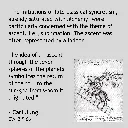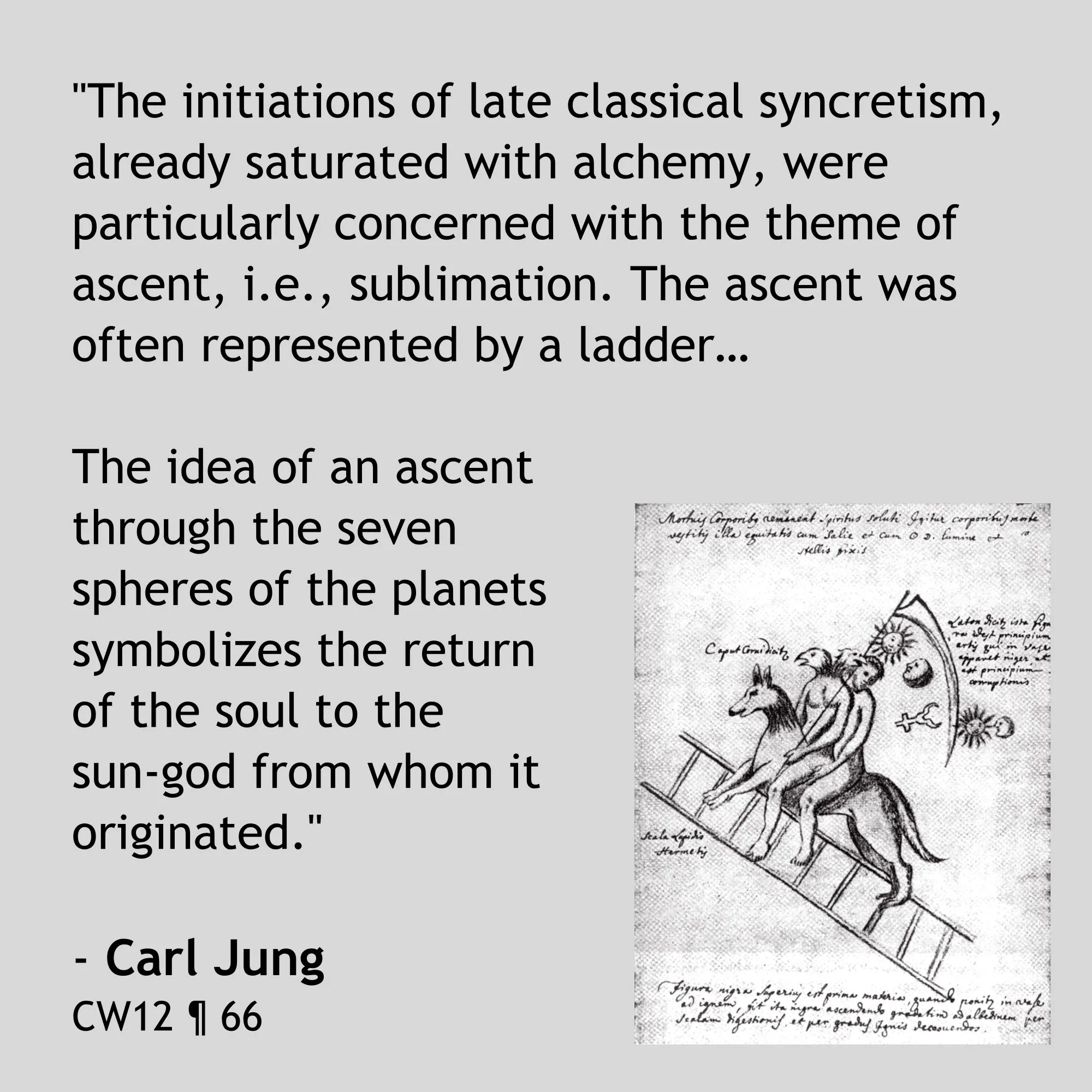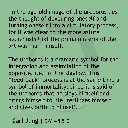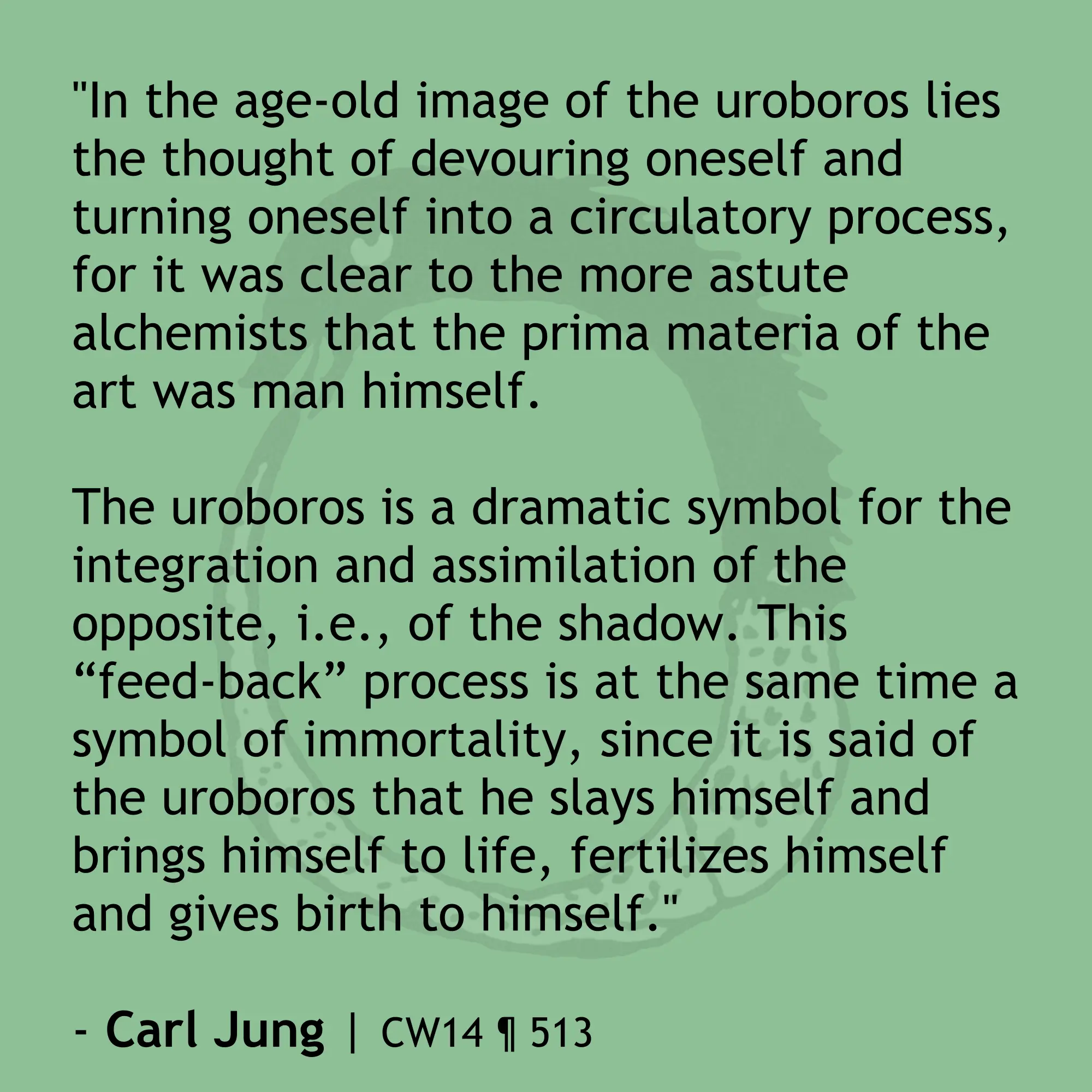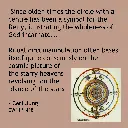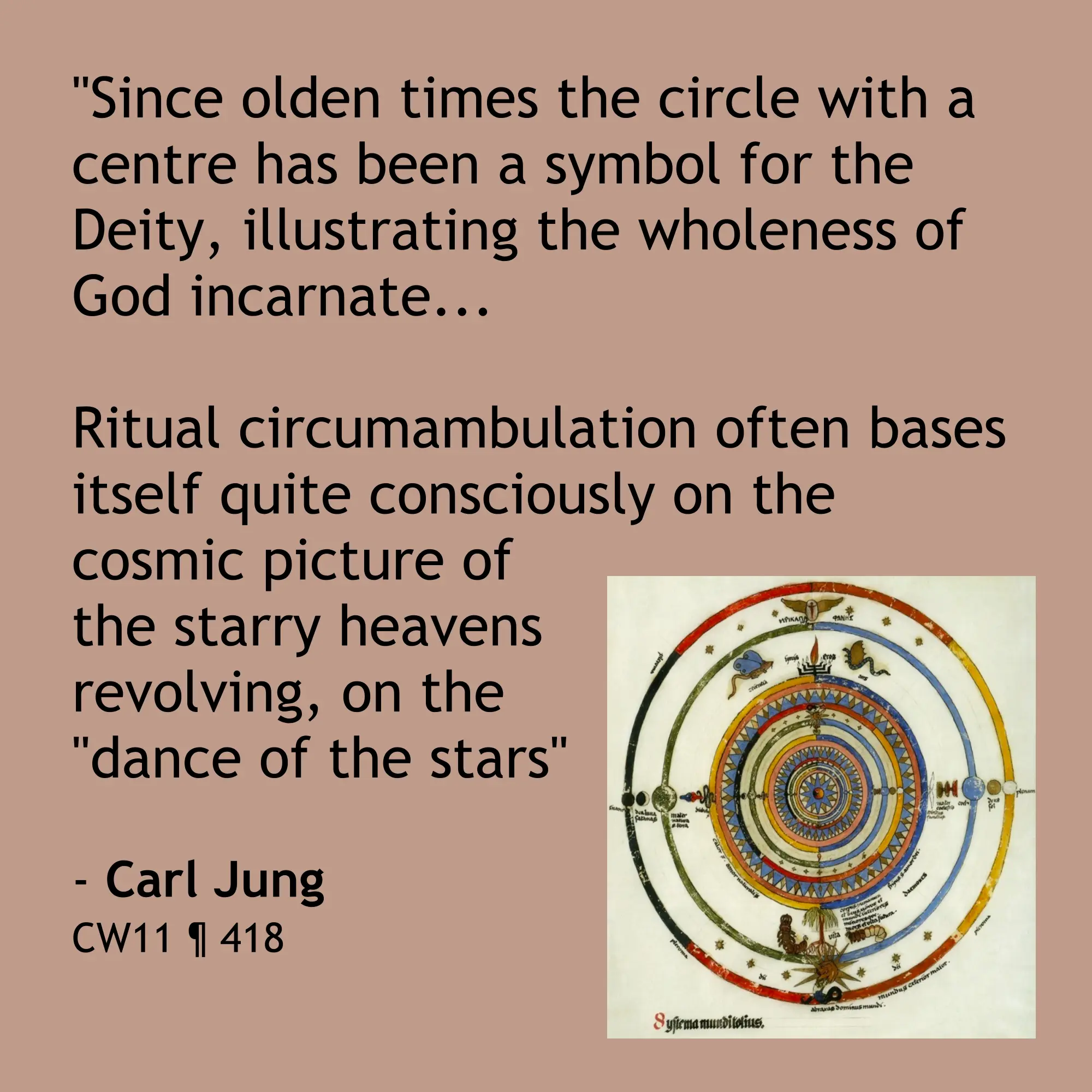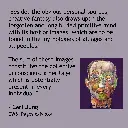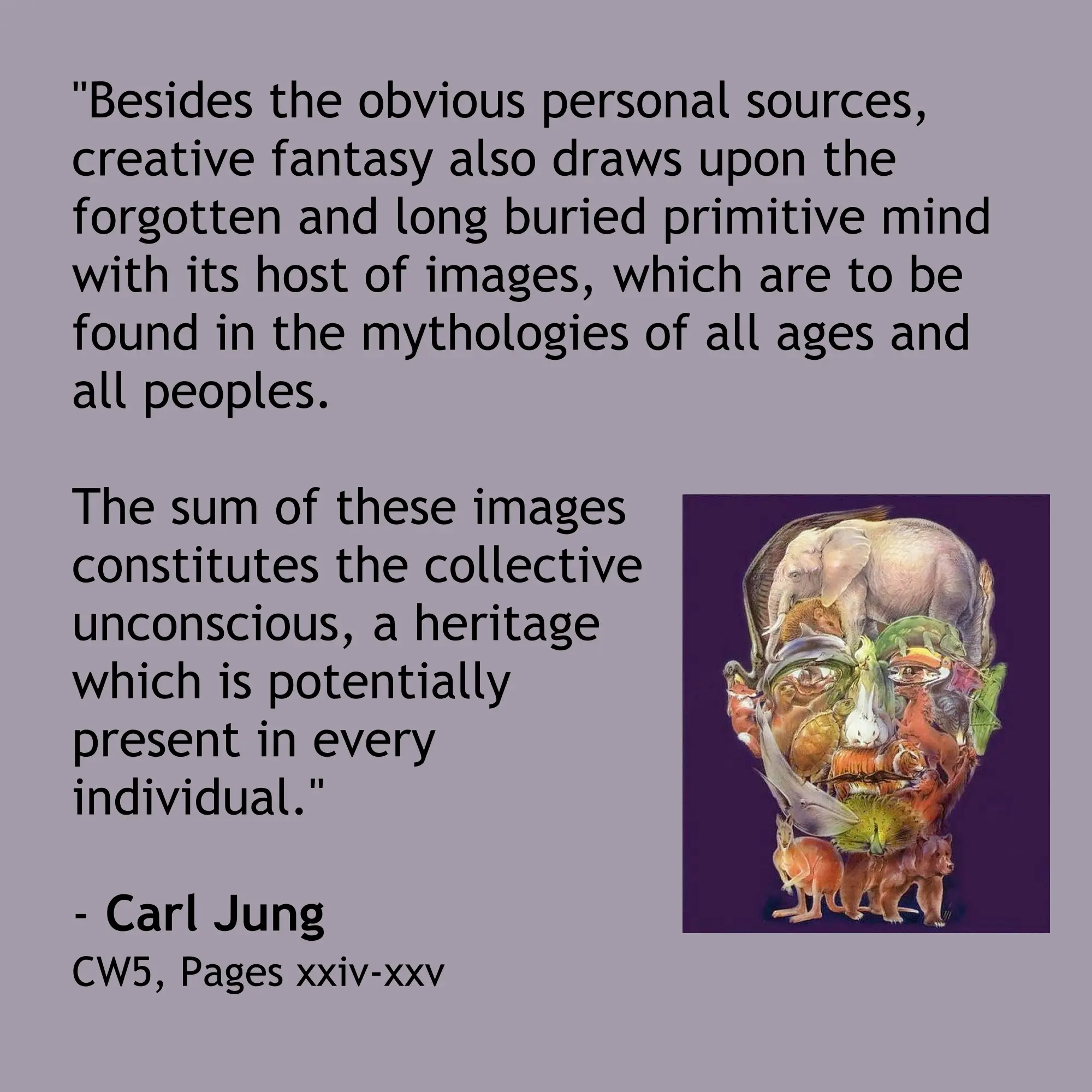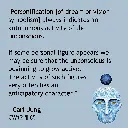
-
Face To Face | Carl Gustav Jung | The John Freeman Interview (1959)
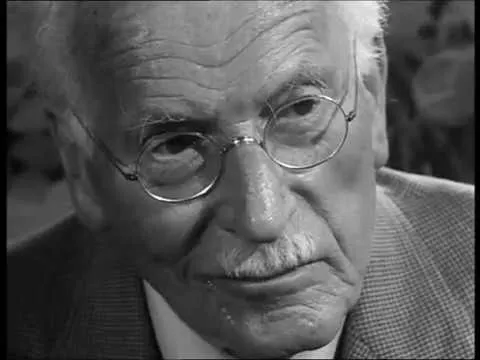
YouTube Video
Click to view this content.
Recorded for the BBC "Face to Face" TV series in 1959, this is the entire 40 minute interview with Dr. Jung, completed just 2 years before his death. The copy linked here is a high-quality restoration of the original film.
-
Robert Johnson’s 4-step approach to dream work

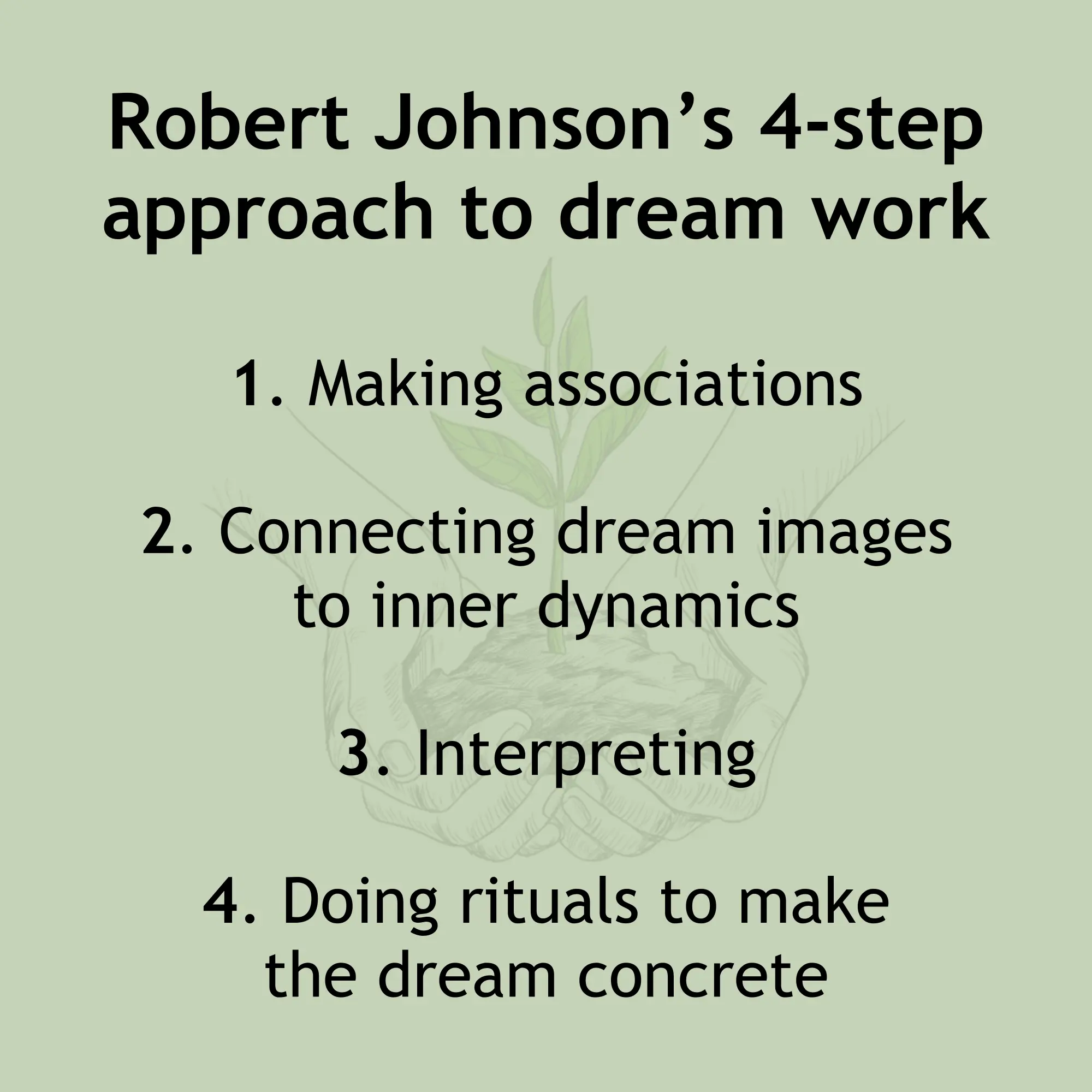
Adapted from Robert Johnson’s Inner Work, I wanted to share a somewhat abbreviated form of his practical approach to dream work.
>“Dreams show us, in symbolic form, all the different personalities that interact within us and make up our total self… We can see them as independent energy systems that combine in us, for they are autonomous: Each has its own consciousness, its own values, desires, and points of view.” - Robert Johnson, Inner Work
>“The unconscious content contrasts strikingly with the conscious material, particularly when the conscious attitude tends too exclusively in a direction that would threaten the vital needs of the individual. The more one-sided his conscious attitude is, and the further it deviates from the optimum, the greater becomes the possibility that vivid dreams with a strongly contrasting but purposive content will appear.” - Carl Jung, CW8
FOUR-STEP OVERVIEW OF DREAM WORK
-
Making associations: We form the foundation for interpreting the dream by finding associations that spring out of our unconscious in response to the dream images.
-
Connecting dream images to inner dynamics: We look for and find the parts of our inner selves that the dream images represent. We find the dynamics at work inside us that are symbolized by the dream situation.
-
Interpreting: We put together the information we have gleaned in the first two steps and arrive at a view of the dream’s meaning when taken as a whole.
-
Doing rituals to make the dream concrete: We learn to do rituals that will make the dream more conscious, imprint its meaning more clearly on our minds, and give it the concreteness of immediate physical experience.
FOUR STEPS IN-DEPTH:
[1] Making associations:
- Go through the dream and write out every image or symbol, which could include persons, objects, situations, colors, sounds, speech, etc.
- Go through each dream image, one at a time, and write out every association that you have with it. Associations could be any word, idea, mental image, feeling, or memory that pops into your head when you look at the dream image.
- Try to use personal associations that honor your special, individual dream symbols. Johnson cautions against using dream-books or dictionaries of symbolisms.
- Be sensitive to colloquialisms from olden times, like “I have the blues” or “full of hot air,” which can be seen as excellent language for the unconscious, when language was “richer in concrete imagery and closer to the archetypes.”
- Using the “it clicks” method: Look for associations that generate a lot of energy in you, such as feeling a spot touched in you where you are wounded and/or confused.
- Using archetypal amplification: Gather information about the archetypes that appear in your dreams from sources such as myths, fairy tales, and ancient religious traditions (e.g. alchemy). After recognizing an archetypal presence in a dream, find the myths or other sources where the same archetype appears, then write down the personal associations that come to you from the mythical sources.
[2] Connecting dream images to inner dynamics:
- Go through each dream image again and ask: “What part of me is that? Where have I seen it functioning in my life lately?”
- Inner dynamics are anything that goes on inside you, any energy system that lives and acts from within you, e.g. emotional events, inner conflicts, an inner personality, a feeling, an attitude, etc.
- Whether a person, place, animal, color, number, or object, dreams present an infinite variety of images, and all of them are used to symbolize, in some way, the flow of your inner life. Most dreams are representations of what goes on inside the dreamer; dreams rarely signify outer or external events.
- If the dream image is a person, ask yourself what traits you have in common with them: What are their main characteristics? How would you describe their character and personality? What set of beliefs, what opinions, does this character function out of? Where do you find those same traits or opinions in you? Do you unconsciously hold that same opinion without realizing it?
- Characteristics that look immoral, barbaric, or embarrassing to us are the “negative” side of a valuable energy, a capacity we could make use of. So long as you are facing your negative and immature characteristics squarely, you also have a duty to acknowledge the fine qualities in yourself, and to live them consciously.
[3] Interpreting:
- The interpretation ties together all the meanings you have drawn from the dream into one, unified picture. It is a coherent statement of what the area means to you as a whole.
- Ask questions like, “What is the central, most important message that this dream is trying to communicate to me? What is it advising me to do? What is the overall meaning of the dream for my life?”
- An adequate dream interpretation should sum up the meaning of your dream in a nutshell. It should also provide a specific application of the dream’s message to your personal life, to what you are doing, to how you are going to live.
- Don’t expect your interpretation to come out in a coherent form on the first try. Sometimes you may find that you can create several interpretations from your associations with the dream, and they all make sense. How do you decide?
- Energy intensity: If the interpretation arouses energy and strong feelings in you, if it suddenly gives you insights into your life, if you suddenly think of other areas of life where this interpretation makes sense, if it offers insights and liberates you from patterns you’ve been stuck in, all of these are signs that there is tremendous energy behind this interpretation.
- Four principles for validating interpretations: 1) Choose an interpretation that shows you something you didn’t know, 2) Avoid the interpretation that inflates your ego or is self-congratulatory, 3) Avoid interpretations that shift responsibility away from you, 4) Learn to live with dreams over time - fit them into the long-term flow of your life (some “big dreams” may require revisits over time).
[4] Doing rituals to make the dream concrete:
- Ask yourself, “What am I going to do about my dream?” This step requires a physical act that will affirm the message of the dream. The ritual is a physical representation of the inner attitude change that the dream called for. It could be a practical act, or a symbolic act.
- The most powerful rituals are the small ones, the subtle ones. It is not necessary to do big things or expensive thing. The best rituals are physical, solitary, and silent. These are the ones that register most deeply with the unconscious.
- We can think of this as taking a seed from a plant that has sprouted and replanting it back into the soil from which it grew. This produces new energy and new life, the cycle of generation continues, and new forms push their way up to the level of consciousness.
- Ritual is symbolic behavior, consciously performed; an act that has symbolic meaning, and transforms into an active, dynamic symbol. Ritual allows for the expression of reverence, gratitude, awe, elation, and sometimes terror.
-
-
Abstracts of Jung's Collected Works - International Association for Analytical Psychology
I was recently made aware of this great resource. The IAAP created abstracts for each volume of the Collected Works of C. G. Jung:
- Volume 1: Psychiatric Studies
- Volume 2: Experimental Researches
- Volume 3: The Psychogenesis of Mental Disease
- Volume 4: Freud and Psychoanalysis
- Volume 5: Symbols of Transformation
- Volume 6: Psychological Types
- Volume 7: Two Essays on Analytical Psychology
- Volume 8: The Structure and Dynamics of the Psyche
- Volume 9.1: The Archetypes of the Collective Unconscious
- Volume 9.2: AION: Researches into the Phenomenology of the Self
- Volume 10: Civilization in Transition
- Volume 11: Psychology and Religion: West and East
- Volume 12: Psychology and Alchemy
- Volume 13: Alchemical Studies
- Volume 14: Mysterium Coniunctionis
- Volume 15: The Spirit in Man, Art, and Literature
- Volume 16: The Practice of Psychotherapy
- Volume 17: The Development of Personality
- Volume 18: The Symbolic Life
-
Introspection, art by me, inspired by Jungian concepts

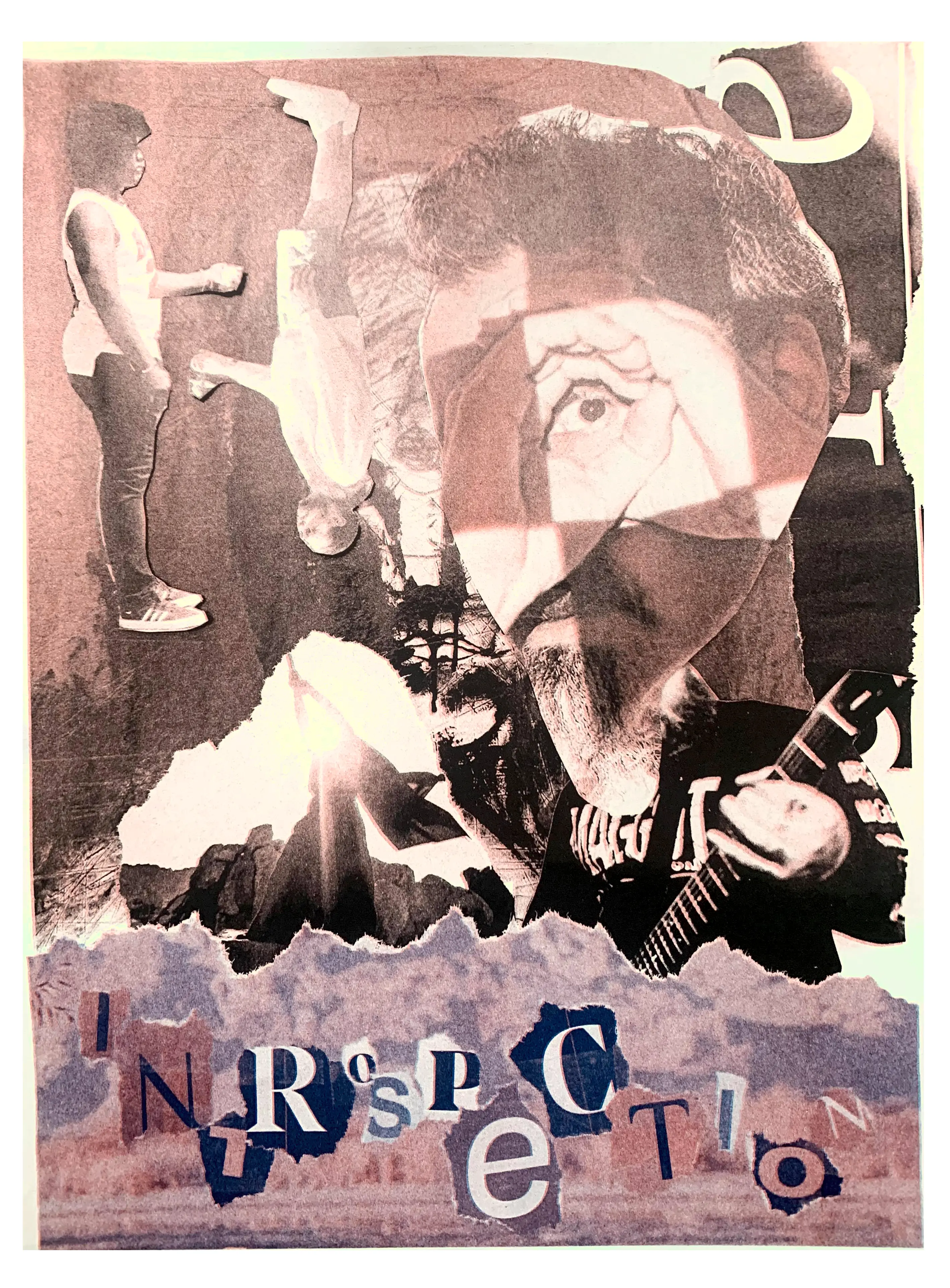
This piece was created spontaneously in about 20 minutes using cut-up and torn pieces of a magazine. What you're seeing is a scan of the collage, with certain hues chosen as a color scheme.
Partly inspired by the "Cut-up technique" of Dadaists and William S. Burroughs, I've found both physical and digital collages to be an effective form of active imagination, and inner exploration in general.
-
A place to start: Man and His Symbols (audiobook)
This book is where it all started for me when I began to formally introduce myself to Jungian ideas. For anyone interested, I wanted to share this Youtube playlist of the entire audiobook.
-
Music with Jungian themes: What resonates with you?
As an audio-inclined human, I tend to find music as an effective way to experience and relate to Jungian themes (and by proxy, many other numinous topics). I want to acknowledge that how one may experience Jungian themes in music or art in general can be highly subjective and based on what resonates with one’s own journey. As such, I’d love to hear what resonates with y’all!
Neurosis - Purify (post-metal, sludge)
- “Path of spiral reaps fetal buried gold. Humbled in the womb, a center opens to the unknown… Descending the path of an ascending god. Purify my hells to climb the heavens.”
- For me, this song seems to speak to the hidden alchemical gold. A sense of cleansing aspects the unconscious, with an orientation towards a humbling center.
The Beatles - Fixing a Hole (psychedelic rock)
- “I'm fixing a hole where the rain gets in and stops my mind from wandering. Where it will go. I'm filling the cracks that ran through the door and kept my mind from wandering. Where it will go.”
- “And it really doesn't matter if I'm wrong, I'm right where I belong, I'm right where I belong. See the people standing there who disagree and never win and wonder why they don't get in my door.”
- Maybe an unexpected choice, but this song seems to speak to the importance of maintaining boundaries. I also feel a sense of dealing with opposites (right vs. wrong, inner vs. outer) and the wonderful play on words of being “right where I belong.” Fun fact: The Sgt. Pepper album cover has Jung in the upper left corner (7th from the left).
Tool - Ænema (progressive rock/metal)
- “Some say the end is near. Some say we'll see Armageddon soon. Certainly hope we will. I sure could use a vacation from this bullshit three ring circus sideshow.”
- “Learn to swim, learn to swim, learn to swim. 'Cause Mom's gonna fix it all soon. Mom's coming 'round to put it back the way it ought to be.”
- “'Cause I'm praying for rain. I'm praying for tidal waves. I want to see the ground give way. I want to watch it all go down. Mom, please flush it all away. I want to see it go right in and down. I want to watch it go right in. Watch you flush it all away.”
- The song and album titles seem to be combinations of the words anima and enema, and potentially a sense of feminine flushing. A wish for an unconscious flooding event.
- “My shadow's shedding skin. I've been picking scabs again. I'm down, digging through my old muscles, looking for a clue.”
- “I wanna feel the changes coming down. I wanna know what I've been hiding in my shadow. My shadow. Change is coming through my shadow.”
- "See my shadow changing, stretching up and over me. Soften this old armor. Hoping I can clear the way by stepping through my shadow, coming out the other side. Step into the shadow. Forty six and two are just ahead of me.”
- Maybe an obvious choice, and most likely the song that first introduced me to the Jungian concept of the shadow at an early age. For me, it invokes a sense of addressing and orientating towards the shadow for the sake of personal evolution.
- “On my back and tumbling down that hole and back again. Rising up and wiping the webs and the dew from my withered eye.”
- “So good to see you, I've missed you so much. So glad it's over, I've missed you so much. Came out to watch you play. Why are you running away? Came out to watch you play. Why are you running?”
- “I stick my hand into the shadow to pull the pieces from the sand, which I attempt to reassemble to see just who I might have been. I do not recognize the vessel, but the eyes seem so familiar.”
- For me, this song invokes a sense of a (somewhat painful) communion with the unconscious. A sense of going “down that hole and back again” and attempting to integrate what is found.
-
What are your favorite Jungian books not written by Carl Jung? And why?


Hey y'all! Kicking off this community with some of my favorite Jungian books not written by Jung himself.
The Mystery of the Coniunctio, by Edinger: I've found Psychology and Alchemy quite a difficult read, and this book does an excellent job distilling alchemical concepts (via a focus on the Rosarium pictures) through the lens of Jung. I love the alchemical images included as visual references to the concepts.
Anatomy of the Psyche, by Edinger: Like unfolding another layer from the previous entry, this book focuses on the 7 alchemical principles and how it relates to the anatomy of the psyche. I found the abundance of mythological/historical references to be helpful in my journey.
Inner Work, by Johnson: This practical book was very effective in helping me ground my dream work and consider the flexibility and creativity that can accompany "active imagination". This book helped me find breadcrumbs on my own path towards effective methods of inner work.
The Principle of Individuation, by Stein: Currently making my way through this one, as recommended by my therapist. Many of the mythological and fairy tale references feel relevant to my own path.
